Pomsky Breed Profile, Fun Facts and Common Health Problems
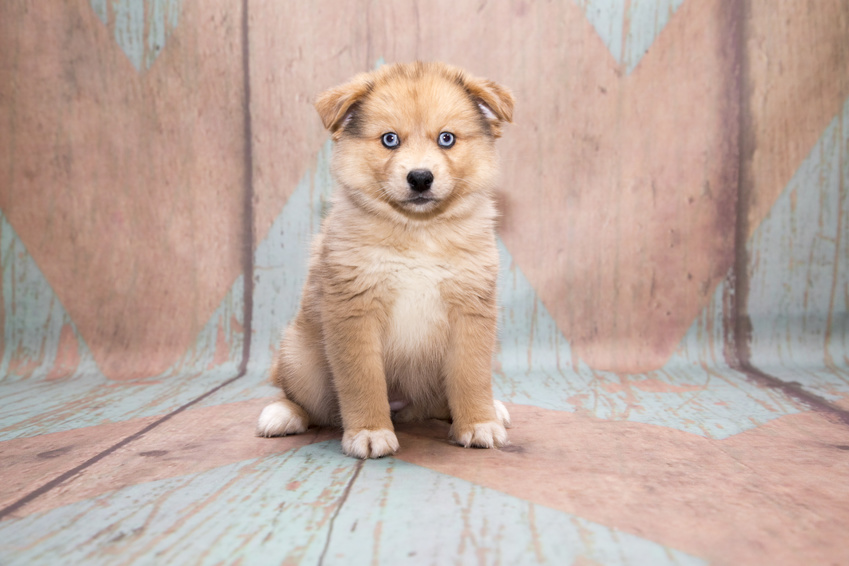
Contents of Article
- Pedigree: Pomeranian and Siberian Husky
- Other Names: Pomeranian Husky
- Height: 10 to 15 inches
- Weight: 15 to 30 pounds
- Breed Group: Mixed Breed
- Lifespan: 13 to 15 years
- Intelligence: Moderate
- Trainability: Moderate
- Exercise Needs: Moderate to High
- Shedding: High
- Good with Kids: Maybe
- Good with Dogs: Maybe
- Good with Pets: Maybe
Easily one of the most popular designer dog breeds out there, the Pomsky is a cross between the Pomeranian and the Siberian Husky. It may seem strange to cross such a small dog with one that is significantly larger, but it can be done and the result is absolutely adorable! Pomskies are often advertised by breeders as looking like miniature Huskies, but the truth is that you can’t really predict what a mixed-breed dog will look like because its genes come from two distinct breeds. Though you may not be able to predict exactly what a litter of Pomskies may look like, you can expect these dogs to remain fairly small and to have thick, fluffy coats. If you’re looking for a unique dog to add to your family and you aren’t concerned with getting a pure breed, the Pomsky may be an option to consider!
Fun Facts About the Pomsky
- The Pomsky is usually made by crossing a female Siberian Husky with a male Pomeranian to avoid complications caused by the smaller Pomeranian bearing a litter of larger puppies.
- There is no way to predict which characteristics the Pomsky will inherit from each parent breed, but many Pomskies become protective of their owners and are skittish around children – they may not be the best family pet.
- Though the black-and-white Husky-like coloration is the most popular for Pomskies, these dogs can range in coat type and length as well as color, including shades of brown, red, and even blonde.
Coat and Appearance
One of the first things you need to realize about the Pomsky is that, like all mixed breed dogs, you can’t predict exactly what a litter of puppies is going to look like. The Pomsky is a cross between a Siberian Husky and a Pomeranian, so you can expect the puppies to exhibit a combination of traits from each breed. The problem is that you don’t know (and can’t control) which traits the puppies inherit from each parent. For the most part, Pomskies are small to medium-sized dogs, weighing somewhere between 15 and 30 pounds. Pomeranians weigh no more than 3 to 7 pounds while Siberian Huskies weigh 35 to 60 pounds. Your Pomsky could end up weighing in anywhere along the spectrum and you won’t know how big he is going to get until he’s fully grown.
Now only does the Pomsky vary in size according to breeding, but its coat can be variable as well. The most popular color combination for Pomskies by far is the black-and-white coloration that makes them look like a miniature Husky. In reality, however, this breed can exhibit a wide range of colors including black, grey, brown, red, blue, blonde, and more. The Pomsky’s coat is usually soft and fluffy, though they length may vary depending on breeding. Both Siberian Huskies and Pomeranians have double coats, so you can expect your Pomsky to exhibit this trait as well.
Read More about Boston Terriers
History of the Breed
The Pomsky is a cross between the Pomeranian and the Siberian Husky. No one kennel has claimed ownership of the breed and, while it is entirely possible that this combination of breeds occurred somewhere in history, they are a fairly new breed – they’ve really started to become popular within the last ten years or so and the Pomsky Club of America is still very young. Because the Pomsky is a mixed breed, his history includes the history of both parent breeds.
The Pomeranian is a Spitz-type breed named for the Pomerania region in Central Europe. The modern Pomeranian is just 3 to 7 pounds but he is descended from larger Spitz breeds and the early type weighed closer to 20 or 30 pounds. The ancestors of the breed are thought to be large working breeds from the Arctic region that eventually made their way to Europe. The breed really 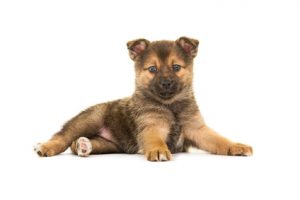
The Siberian Husky is another dog descended from Spitz-type breeds. These dogs are named for the Siberia region in north-eastern Russia. The Siberian Husky was originally bred by the Chukchi people, a hunter-gather culture, who lived in the extremely harsh, cold environment of the Siberian Arctic. Early specimens of the breed were used to pull sleds over long distances – that is how they came to the United States. The first Huskies were brought to the U.S. in the early 1900s for dog sled racing and they were later used to deliver diphtheria antitoxin to people in Nome, Alaska in 1925. Today, the Siberian Husky still competes as a sled dog but he also makes a great family pet and companion.
Temperament and Personality
For the most part, the Pomsky is a sweet and friendly little dog. You must keep in mind, however, that every Pomsky will be different because they come from a mix of two pure breeds. Pomeranians are lively, extroverted little dogs that can sometimes have personalities bigger than their bodies. They are easy to live with and fairly calm dogs, though they won’t hesitate to bark if someone comes to the door. These dogs make great companion pets, but they generally aren’t a good choice for children due to their small size. Housetraining can also be a challenge for this breed.
The Siberian Husky is an energetic, friendly breed that loves people and other dogs. This breed is a highly active breed that can sometimes trend toward hyperactivity if he doesn’t get enough exercise or attention. Huskies are also very intelligent, so they can easily become bored and that often leads to destructive behavior. When it comes to making new friends, however, these dogs are great – they love to meet new people and they do well with other dogs. This breed has low protective instincts, though he may bark if someone comes to the door. They don’t tend to be particularly loud in terms of barking, but they can sometimes shine or howl.
As a cross between the Pomeranian and the Siberian Husky, you can expect your Pomsky to exhibit a combination of the traits from each breed. Generally speaking, Pomskies are friendly dogs that get along well with people and most other dogs. They generally aren’t shy, though they won’t always be eager to make new friends. Some Pomskies have a tendency to chase cats and they may develop a habit of barking, so train your dog early to curb this behavior. The Pomsky also needs a lot of socialization to counteract any negative traits he inherits from his parents. Overall, these dogs are great family pets.
Read our article about Maltipoo
Training Tips
Though the Pomeranian is only moderately intelligent, the Siberian Husky is definitely one of the smarter dog breeds out there. This being the case, your Pomsky is probably going to be pretty smart. While this bodes well for training, it does come with some challenges as well. Positive reinforcement training generally works very well for these dogs, though housetraining is sometimes a challenge. You should also be sure to assert yourself in a position of authority early on so your dog doesn’t develop any stubbornness or willfulness. You don’t need to go so far as using punishment as a training method, however – that will only backfire on you.
As is true for most dogs, it is a good idea to start your Pomsky as early as possible with socialization and training. These dogs aren’t always the best choice for children, but socializing them while they are young can help them to get along better with all members of the family. When it comes to obedience training, most Pomskies learn fairly quickly as long as you are generous with praise and rewards. You may even be able to start training your puppy as early as 8 to 12 weeks. Start out with enforcing basic house rules (like not jumping on the furniture or begging at the table) and move into obedience training when your puppy is ready.
Exercise Requirements
The Pomeranian has fairly low needs for exercise. In fact, it is possible to meet his daily needs for exercise simply by playing with him at home or letting him run around the yard. Like all dogs, however, Pomeranians prefer to get out of the house for a walk, even if it’s just a short one. Siberian Huskies, on the other hand, have very high needs for exercise – these dogs do best with at least two walks per day. Putting a Husky out in the backyard is not an acceptable substitute for a long, brisk walk. As a combination of the Husky and Pomeranian, the Pomsky’s needs for exercise fall somewhere along the spectrum. You should plan to give your Pomsky at least one 30-minute walk per day and add some exercise if that doesn’t seem to be enough. And don’t forget about active playtime at home – it’s great for extra exercise and it’ll help you build a stronger bond with your dog.
Grooming Tips
When it comes to grooming your Pomsky, requirements may vary according to the type of coat your dog has. The Pomeranian has a double coat with a soft, dense undercoat and a long, straight outer coat that has a somewhat coarse texture. Siberian Huskies also have a double coat with a soft, dense undercoat but their outer coat is only medium-length. Both breeds shed a significant amount, though the Husky may shed more during the spring and fall – some Pomskies inherit this trait as well. When it comes to caring for your dog’s coat, plan to brush him several times a week with a medium slicker brush to help get rid of dead hairs before they can be shed. Brushing your dog will also help to distribute the oils produced in his skin which keep his skin moisturized and his coat soft.
In addition to brushing your Pomsky several times a week, you may need to bathe him occasionally, if he gets dirty. Just avoid bathing your dog too often because it can strip his coat of its natural oils, causing his skin to dry out. And there should never be a need to trim your Pomsky’s coat – if you do, it could disrupt the dog’s ability to regulate his body temperature. His coat acts as insulin, both against heat and cold, so don’t mess with it! You should, however, trim your dog’s nails once every two weeks or so and do your best to keep his teeth clean. Small dogs like the Pomeranian are especially prone to dental issues, so make brushing your Pomsky’s teeth a priority.
Nutrition and Feeding
Feeding your Pomsky a high-quality diet is important for his long-term health and wellbeing, but not all Pomskies have the same nutritional needs. All dogs require a diet that is rich in animal protein with moderate fat content and limited carbohydrate. When it comes to calories, however, there are some differences. The Pomeranian, for example, is a toy breed that weighs 7 pounds at the maximum. Small dogs have very fast metabolisms, so they actually burn through energy more quickly than larger dogs. The average dog needs about 30 calories per pound of bodyweight but smaller dogs may need closer to 40 calories. Larger dogs like the Siberian Husky may only need 20 calories per pound of bodyweight, unless they are a high-energy breed (like the Husky).
When it comes to choosing the right food for your Pomsky, you must consider his size. Though the Pomsky can grow up to 30 pounds at maturity, he is still largely classified as a small-breed dog. Fortunately, this makes your job as a dog owner much easier – just find a high-quality, small-breed dog food! When your Pomsky is a puppy, feed him a small-breed puppy formula to make sure he gets enough protein to support his growing muscles and bones as well as plenty fat for energy to fuel his growth. When he reaches about 80% of his maximum expected size, you can switch to a small-breed adult formula. Just follow the feeding instructions according to his bodyweight to determine how much to feed him and how often.
Common Health Problems
It is a common assumption that mixed breed dogs (or designer dogs) are inherently healthier than pure breeds. Some say that this is true because mixed breed dogs have a larger gene pool to draw from. What you need to remember, however, is that all dogs are prone to certain conditions and if both parent breeds have a high risk for the same hereditary problem, the puppy’s risk for developing it is actually much higher. This is why it is just as important to get a mixed breed puppy from a responsible breeder as it is for a pure breed. Don’t fall prey to backyard breeders who prey on unsuspecting dog lovers, selling them ill-bred puppies for $1,000 or more.
The Pomsky has an average lifespan between 13 and 15 years which is standard for dogs of its size. The Siberian Husky is generally a very healthy breed, as is the Pomeranian, but they are both prone to certain health problems. Your Pomsky could develop any of these problems. Here’s a quick overview:
- Heart Disease – There are many different forms of heart disease that can affect dogs, but dilated cardiomyopathy is the most common. Signs of heart disease in dogs sometimes don’t develop until the disease has progressed fairly far, so keep an eye out for coughing, breathing problems, loss of appetite, weakness, and fainting as well as other changes in behavior.
- Patellar Luxation – This is a musculoskeletal condition in which the kneecap (patella) slips out of place, or luxates. The symptoms of this problems depend on the severity – some dogs experience lameness while other dogs will carry the limb differently. Most dogs don’t feel pain, but leaving this condition untreated could lead to inflammation and joint problems later on.
- Collapsing Trachea – Small-breed dogs like the Pomeranian sometimes suffer from tracheal collapse – this means that your Pomsky could have it too. Signs of collapsing trachea include labored breathing, gray or blue gums, exercise intolerance, and coughing. The most common treatment for this condition is medications like corticosteroids, bronchodilators, and antibiotics. Though these treatments won’t cure the condition, they can greatly increase the dog’s quality of life. Surgery can be done in some cases, but the prognosis is poor for dogs over 6 years of age.
- Progressive Retinal Atrophy – This disease, also known as PRA, is a progressive eye disorder that typically leads to blindness. There are several forms of the disease and some progress more quickly than others. It is usually the dog’s night vision that is the first to go but eventually the dog goes blind entirely. Fortunately, most dogs adapt well to a loss of vision and PRA is not a painful condition.
- Juvenile Cataracts – A cataract is simply an opacity in the lens of the eye that can obstruct your dog’s vision. When a dog develops cataracts at a young age, it is usually the result of an inherited condition – it can also result from poor nutrition. Treatment for cataracts in dogs usually isn’t recommended unless the cataract causes a high degree of vision loss. There are surgical repair options and prognosis is generally good following surgery.
- Corneal Dystrophy – This is a condition in which the cornea develops an opacity that can sometimes obstruct the dog’s vision. There are three types of corneal dystrophy in dogs, each named for the part of the cornea they affect. In cases where corneal dystrophy results in corneal ulceration, treatment may be necessary. Otherwise, it generally isn’t necessary to treat this condition because it often doesn’t result in a loss of vision.
- Legg-Calve-Perthes Disease – A musculoskeletal issue, Legg-Calve-Perthes disease is characterized by the degeneration of the femoral head (head of the thigh bone). When this happens, the hip joint actually starts to disintegrate and the bone and joint become inflamed. The exact cause for this condition is unknown, though it likely has something to do with blood supply to the bone. This condition is fairly common in miniature and toy breeds and it may cause symptoms like lameness, carrying the affected limb, painful movement, and wasting of the thigh muscles.
- Hair Loss – Pomeranians are prone to a coat condition that causes hair loss over the body. This condition is known by many names including black-skin disease, genetic alopecia, and severe hair-loss syndrome. Because the Pomsky has Pomeranian blood, it is a risk for the breed.
- Dental Problems – Many toy and small-breed dogs suffer from dental problems due to the fact that their mouths are so small. Teeth can become crowded and, if you don’t brush your Pomsky’s teeth often, bacteria can collect in the spaces between, leading to the development of hard plaques. Brushing your dog’s teeth at least once a day is the best way to prevent dental problems and you might consider a professional cleaning, though this has to be done under general anesthesia and that is sometimes risky for very small dogs.
The best way to ensure that your Pomsky lives as long as possible is to feed him a high-quality diet and to keep up with vaccines and routine vet visits. Don’t take your dog’s health for granted – take the initiative to keep him healthy from the very beginning. Take the time to learn about the health problems to which this breed is prone so you can keep an eye out for the symptoms. If you notice your Pomsky developing a change in behavior and you can’t identify the cause, talk to your veterinarian – it is always better to be safe than sorry.


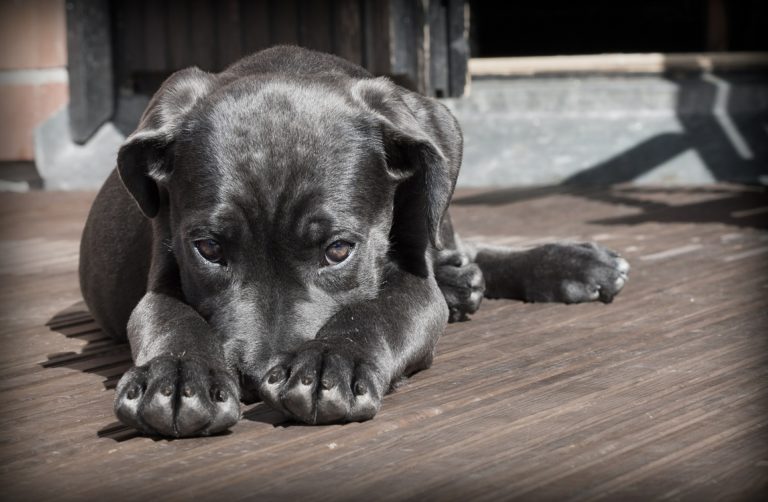

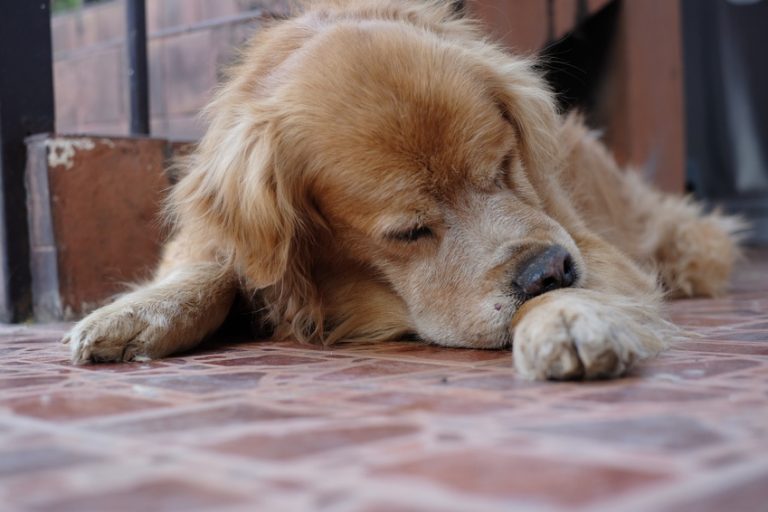
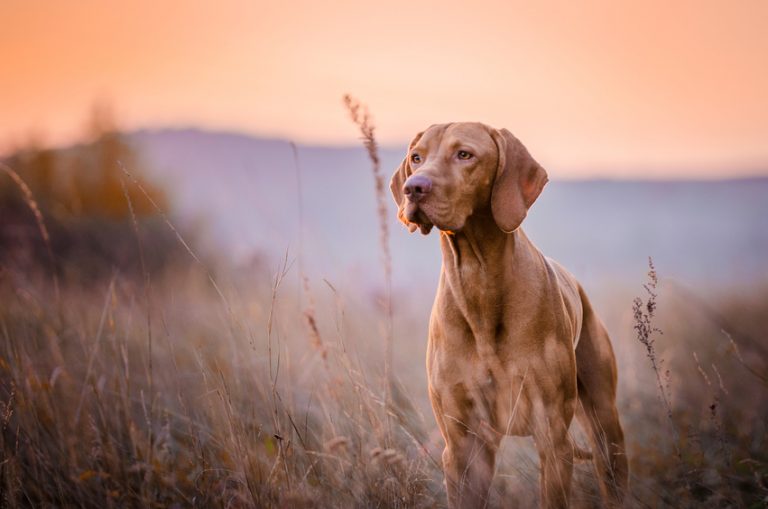
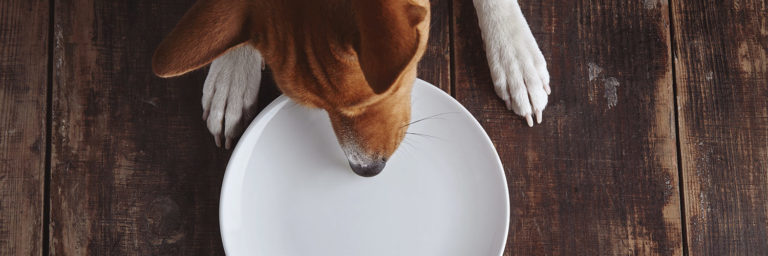
Problems can be solved if we are aware of. A true dog owner must know the things related to such problems of pomsky dog. I am the breeder where i need to share the details which are
Hip Dysplasia
Eye Problems
Patellar Luxation
Hypothyroidism
Hair Shedding Syndrome
Collapsing Tracheas
Pomskies are the most popular dogs nowadays. The controversy is about their breeding, as the Pomskies are bred by artificial insemination. The dam and sire are different in sizes. So natural breeding can be a problem.